Trident Depot Saved by Three Forks Community Encapsulates Region’s Rich History
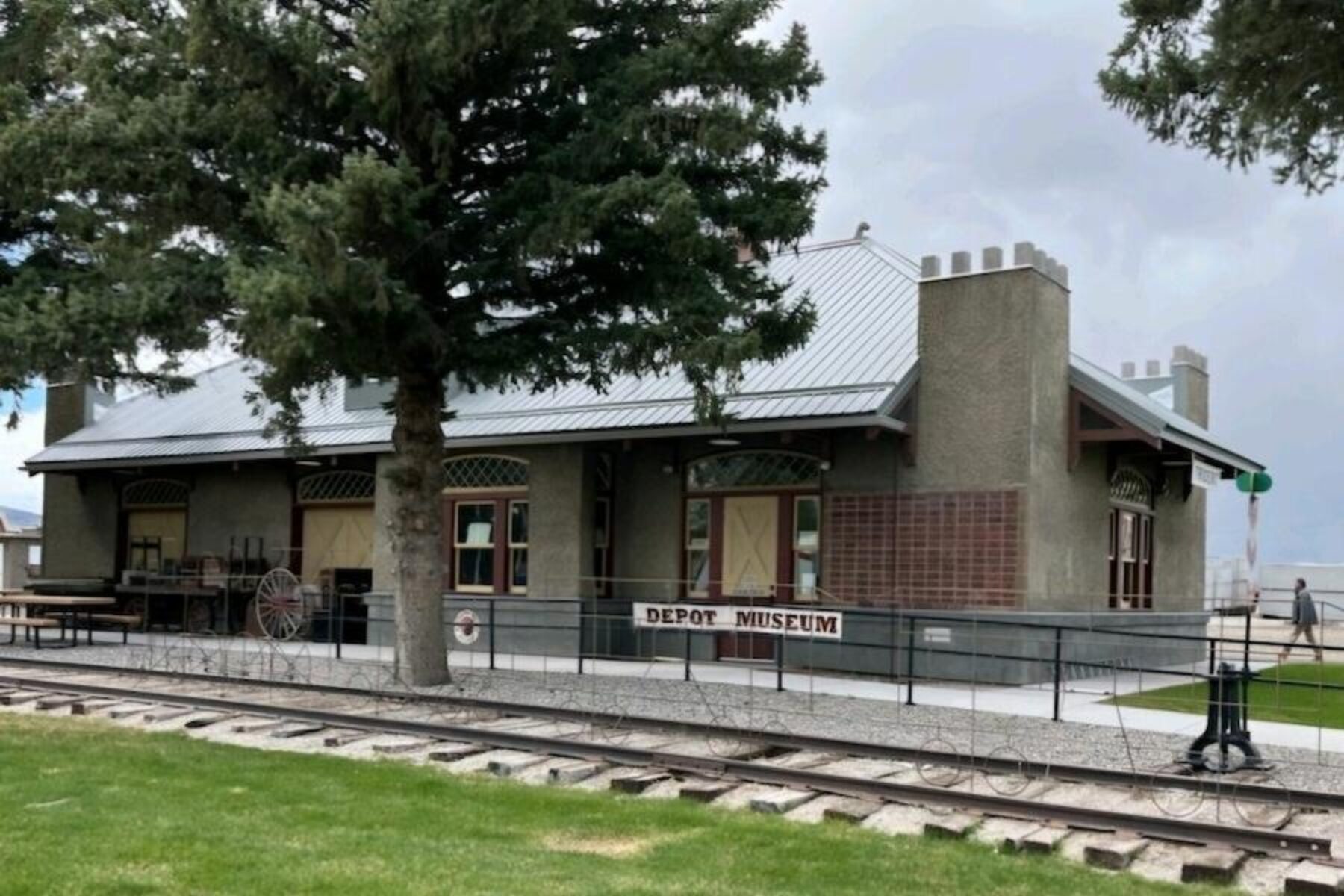
Following a swift, all-hands-on-deck effort by a collection of historic preservationists and southwest Montana residents to save it in 2011, the historic Trident Depot now serves as the Railroad and Trident Heritage Center in neighboring Three Forks, Montana.
The depot is now located in John Q. Adams Milwaukee Railroad Park along the Headwaters Trail System. Visit the space where the depot stood for a century, and you won’t find much other than the nearby cement plant.
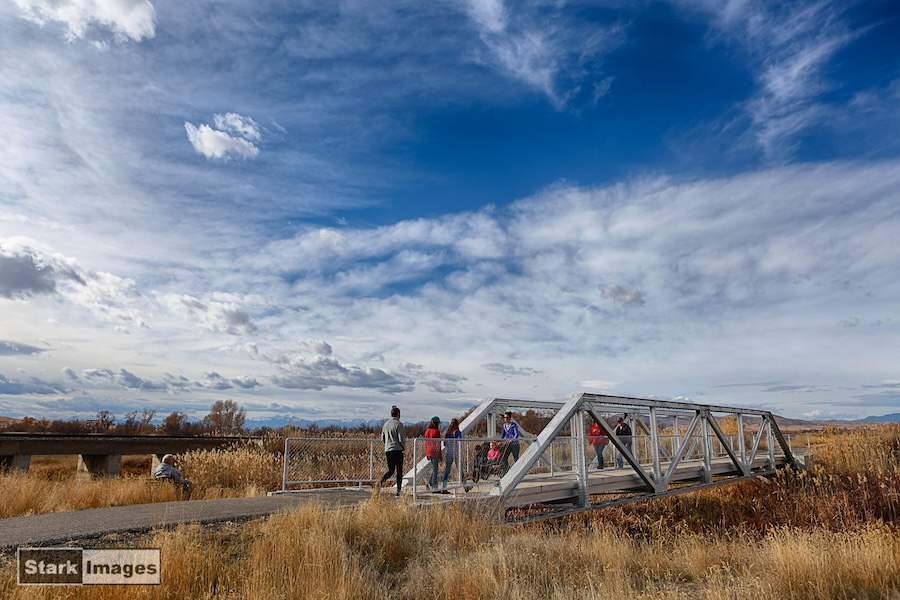
“I would say that Trident isn’t even a ghost town now,” Three Forks Area Historical Society treasurer and longtime “Depot Defender” Patrick Finnegan said. “There are no buildings left standing except for the pump house that feeds water to the plant. The artifacts of the town are all that is left.
“I estimate that 3,000 people—workers, wives, children—lived in the village in the course of its life. Many thousands more passed through the village on their way to work. I would consider preserving this one building as the most important project the society has undertaken to date.”
Trident’s cottages, homes, school, hotel, theater and infrastructure were built in concert or response to the construction of the Three Forks Portland Cement Company. Though that plant would not rise until the early 1900s, the focus on the resource that led to its construction was a topic on the mind of a famed explorer who first arrived in southwestern Montana a century prior.
On the morning of July 27, 1805, the Corps of Discovery Expedition, led by Captain Meriwether Lewis and Second Lieutenant William Clark, reached what Lewis, in his journal, surmised were the three forks of the Missouri River. To get “a most perfect view” of his surroundings, he hiked to a lookout on a high limestone cliff, and wrote that he took in the sweeping plains, meadows and distant, lofty mountains of southwestern Montana. He also had some thoughts on the limestone.
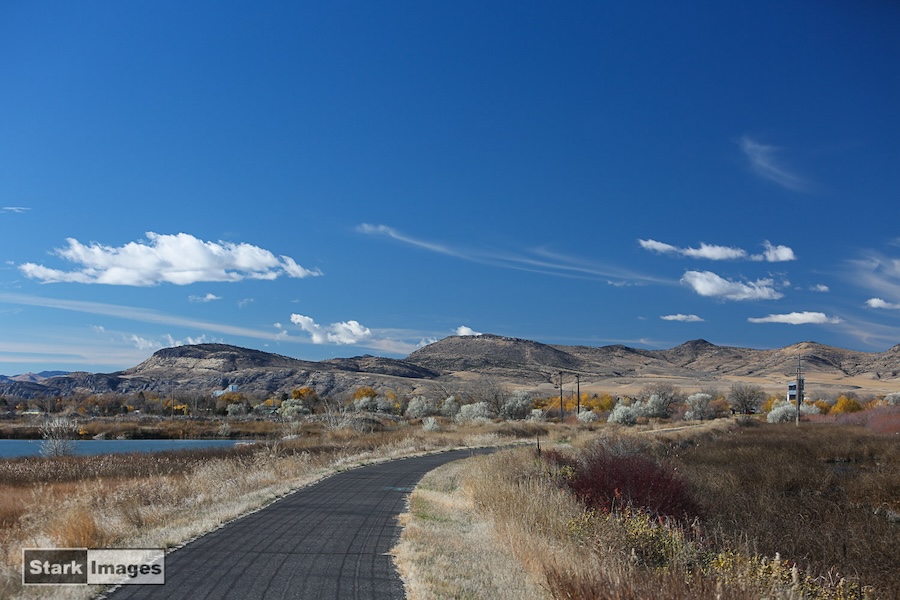
“The limestone appears to be of an excellent quality of deep blue colour when fractured and of a light led colour where exposed to the weather,” he wrote.
A century later, the area’s prevalent limestone deposits would play the primary role in the development of Trident, a village so named because Three Forks was already taken by the neighboring town. Cement production is what put Trident on the map, as evidenced by Finnegan, who has written extensively about the area’s development. Located close to the Northern Pacific Railroad, “there were six to eight cars per day of cement sacks being shipped, but outbound shipments rose to upwards of 25 to 30 cars” soon after the Three Forks Portland Cement Company was formed in 1907, Finnegan wrote. Newspaper reports from 1908 tell of scores of men toiling as they rapidly built up the quarry and the Northern Pacific railway. By early 1911, Trident needed a depot.
Designed with a bit of a medieval touch, the humble depot not only served rail travel and commerce but also the community at large. Finnegan noted that once, after the village flooded from an ice jam, residents rode out the disaster in the depot until the frigid waters subsided.
While the cement plant has changed ownership, it’s still going strong. But by the 2000s, the Trident Depot was out of service and deemed due for demolition by its owner, Montana Rail Link. When the Three Forks Area Historical Society learned of its imminent demise, members asked in the summer of 2010 for a stay of execution and received it. In December of that year, plans were made at emergency speed to not only repurpose the depot as the Railroad and Trident Heritage Center, but to also uproot it and move it to its new home.
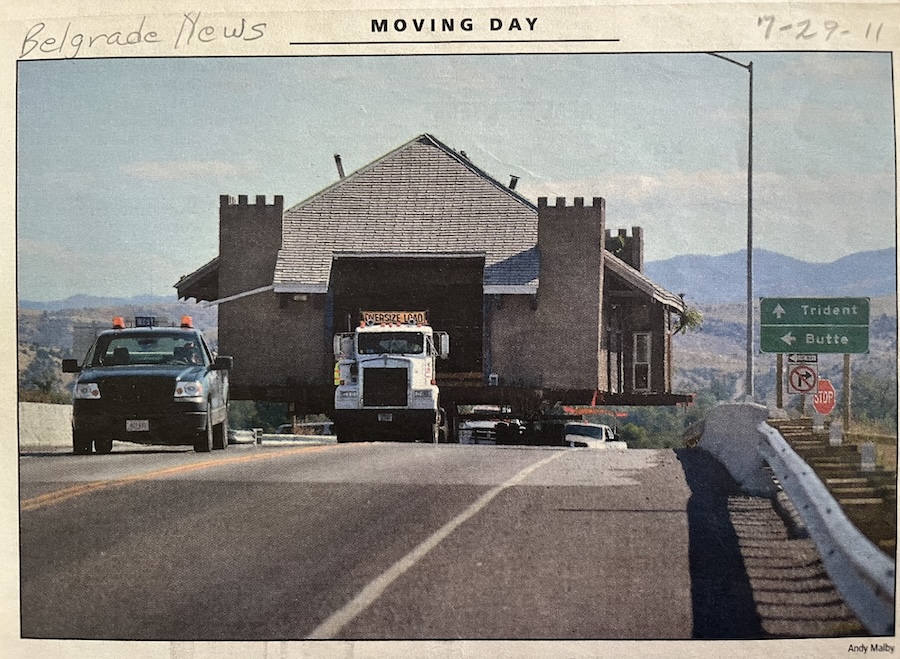
“The 75×25-foot building was moved on July 28, 2011, about 8 miles without incident and little to no damage, with the final destination being a hole in the ground in Milwaukee Park,” Finnegan wrote.
Now, thanks to countless hours of volunteer work by a long list of supporters, the Railroad and Trident Heritage Center offers Headwaters Trail System users an opportunity to teleport to a time when the Montana village of Trident was still on the map.
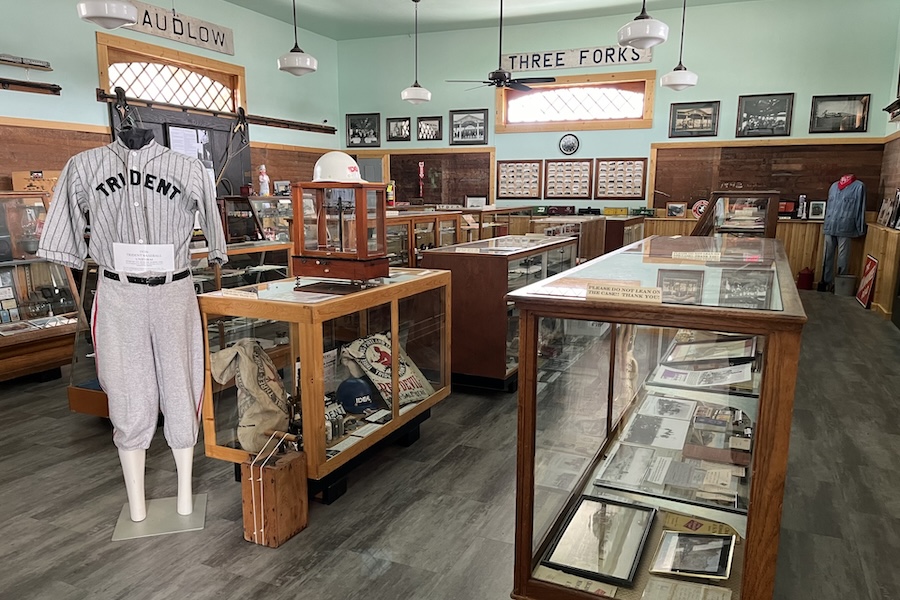
Authored by Cory Matteson, with contributions by Amy Kapp
Special thanks to Patrick Finnegan, Treasurer, and Patricia O’Brien Townsend, President, Three Forks Area Historical Society
This article was developed as part of Rails to Trails Conservancy’s Great American Rail-Trail® historical marker program—launched in partnership with the William G. Pomeroy Foundation to lift hidden histories and points of local pride along the 3,700-mile developing route connecting Washington State and Washington, D.C.
A trailside marker, created through a collaboration by the Headwaters Trail System, the City of Three Forks, Rails to Trails Conservancy and the William G. Pomeroy Foundation, now commemorates the depot.
Marker Location: 112 N. Main St., Three Forks, MT
TRIDENT DEPOT
NORTHERN PACIFIC RR DEPOT
BUILT IN 1911 WITH CEMENT
MADE FROM LOCAL LIMESTONE
IDENTIFIED BY LEWIS AND CLARK
EXPEDITION IN 1805.
HEADWATERS TRAIL SYSTEM
WILLIAM G. POMEROY FOUNDATION 2023
Acknowledgments:

Donate
Everyone deserves access to safe ways to walk, bike, and be active outdoors.

